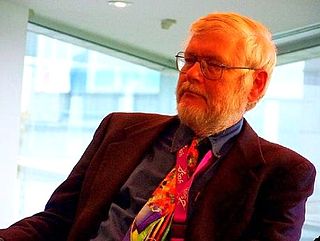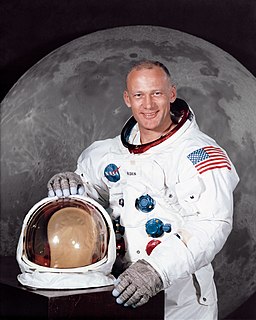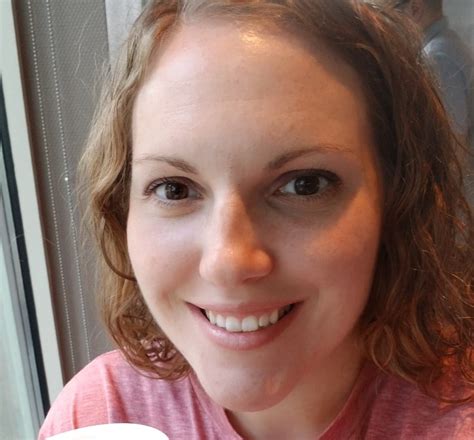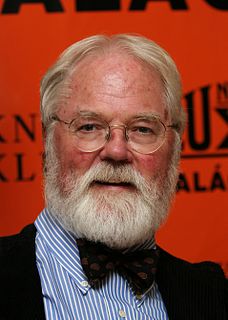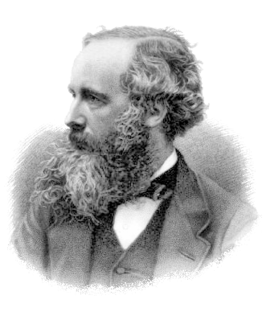A Quote by Gregory Benford
The moon's closeness is a huge advantage: To make it habitable, we would first have to bombard it with water-ice comets, a tricky endeavor best attempted with the many resources waiting on and near Earth.
Related Quotes
Standing on the Moon looking back at Earth - this lovely place you just came from - you see all the colours, and you know what they represent. Having left the water planet, with all that water brings to Earth in terms of colour and abudance life, the absence of water and atmosphere on the desolate surface of the Moon gives rise to a stark contrast.
I've said multiple times that the world's first trillionaire is going to be the person who exploits the resources of asteroids, the natural resources that are rare on earth and common on selected asteroids. So there are many different reasons you might want to go into space. You might want to spend your honeymoon on the far side of the moon.
If the moon and earth were not retained in their orbits by their animal force or some other equivalent, the earth would mount to the moon by a fifty-fourth part of their distance, and the moon fall towards the earth through the other fifty-three parts, and they would there meet, assuming, however, that the substance of both is of the same density.
The first man-made satellite to orbit the earth was named Sputnik. The first living creature in space was Laika. The first rocket to the Moon carried a red flag. The first photograph of the far side of the Moon was made with a Soviet camera. If a man orbits the earth this year his name will be Ivan.
To an observer situated on the moon or on one of the planets, the most noticeable feature on the surface of our globe would no doubt be the large areas covered by oceanic water. The sunlit face of the earth would appear to shine by the light diffused back into space from the land and water-covered areas.
Water, like many other resources, is harvested, transported and used throughout all aspects of society. Unlike other resources, water is critical to the survival of all forms of life. The underlying question that sits at the core of my exploration is to what degree can we shape water before it begins to shape us.
Water, like many other resources is harvested, transported and used throughout all aspects of society. Unlike other resources, water is critical to the survival of all forms of life. The underlying question that sits at the core of my exploration is to what degree can we shape water before it begins to shape us.
